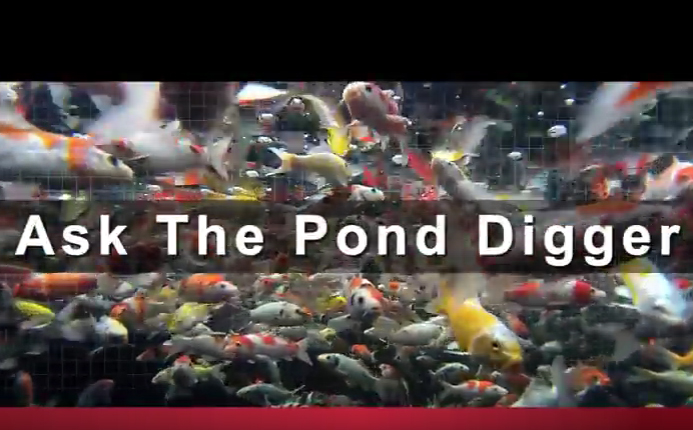ARTICLES
Advance Search
Aquatic Health
Aquatic Health, Fitness & Safety
Around the Internet
Aquatic Culture
Aquatic Technology
Artful Endeavors
Celebrity Corner
Life Aquatic
Must-See Watershapes
People with Cameras
Watershapes in the Headlines
Art/Architectural History
Book & Media Reviews
Commentaries, Interviews & Profiles
Concrete Science
Environment
Fountains
Geotechnical
Join the Dialogue
Landscape, Plants, Hardscape & Decks
Lighter Side
Ripples
Test Your Knowledge
The Aquatic Quiz
Other Waterfeatures (from birdbaths to lakes)
Outdoor Living, Fire Features, Amenities & Lighting
Plants
Ponds, Streams & Waterfalls
Pools & Spas
Professional Watershaping
Structures (Editor's Notes)
Travelogues & History
Water Chemistry
WaterShapes TV
WaterShapes World Blog
Web Links
Around the Internet
Aquatic Culture
Aquatic Technology
Artful Endeavors
Celebrity Corner
Life Aquatic
Must-See Watershapes
People with Cameras
Watershapes in the Headlines
By early 2015, my folder of saved emails was stuffed with years' worth of questions people wanted me to answer about either their ponds or, as frequently, ponds in general. I decided at that time to answer a number of these inquiries in a video series I've called "Ask the Pond Digger." Most of the questions came from pond owners and do-it-yourselfers, but many others had come from
'In my observation,' wrote David Tisherman in his Details column for the August 2006 edition of WaterShapes, 'steps tend to be afterthoughts and are seldom fully considered. But I've always taken them seriously because I see them as prime gathering places where people sit, move in and out of the water and in general spend a great deal of time.' 'Children also jump from the steps into the deeper water and
When it comes to ostentatious and even audacious aquatic displays, there's no doubt that the Middle East now boasts some of the world's most incredible watershapes. Even a quick survey reveals a tremendous range of architectural and hydrological marvels in which technology is paired with grandeur to stunning effect. Several instances of this exuberance appear on
Of all the design trends that have taken hold in watershaping through the past ten years, the one that leads us to work with plenty of slot-edge, perimeter-overflow systems may well be my favorite. I've done them partway and all the way around pools and spas; I've run them up against all sorts of materials, from poured concrete to incredibly beautiful varieties of stone; and, most of all, I've appreciated the skill that goes into installing them and making these water-in-transit
'We water and landscape professionals literally shape the outdoor environments in which we work - cutting grades, building walls, planting trees, installing pools, ponds and fountains and preparing patios, decks, planting beds and lighting systems.' 'In designing these outdoor-living spaces,' noted Bruce Zaretsky in kicking off his On the Level column in
This is my second Travelogue in a row that has resulted from a chance encounter. Last time, a visit to a Seattle-area green space with a big swingset led me to discover the water system at Downtown Bellevue Park; this time, a rendezvous for lunch with an old friend confronted me with the fountain at the Americana at Brand, a mixed-use
What happens when the water added to a newly plastered pool has had a chance to interact fully with its new surroundings? That's a big question, writes Kim Skinner -- one that has implications for the long-term appearance and maintenance of countless watershapes.
I grinned from ear to ear a couple weeks ago while reading a press release from the National Swimming Pool Foundation. It was about a request for proposals to create a "Learn-to-Swim Index" - a system designed to track how many people are completing formal swimming lessons in the United States - and I'm still smiling today. What NSPF is after, I believe, is





















